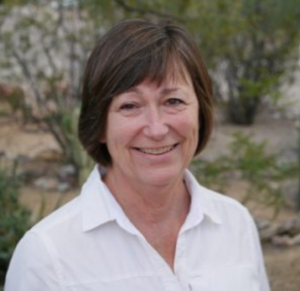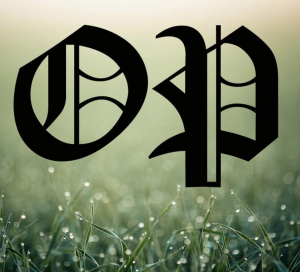We love opening the weekly newsletter from our friends at On Pasture, a livestock site which translates research and experience into best practices you can use. Subscribe here. Or, listen to this Down to Earth podcast with Kathy.
Here’s a recent note from publisher Kathy Voth:

Kathy Voth
Yes! YOU can think like Einstein!
I love it when I come across people who think creatively about common problems. So I’m especially tickled with a couple articles in this week’s issue. First, John Marble shows us how small adjustments to his handling facilities make it possible for him to work cattle on his own. They’re tips that will make your life easier.
Next, meet Luke Jessup, our newest On Pasture author. In his first article not only does he share ideas for getting water to our herds, but he walks us through the “Creative Problem Solving” process, a technique for coming up with solutions when conventional thinking has failed. Here’s what it looks like:
1. Clarify the problem.
In Albert Einstein’s mind, this step is the most important because it provides the foundation for creating great solutions.
Luke provides a great example of how to do this as he talks himself through what he really needs when it comes to getting water to his herd. He starts with the general, and becomes more and more specific. This first step can also include gathering data, like the information Luke put together about how much water mesquite trees use and the question that raised: “Could the trees be sucking his well dry?”
 2. Generate ideas.
2. Generate ideas.
Once he had a handle on what his water needs were, Luke began brainstorming options. The most important part of this step for all of us is to avoid only looking at solutions we’ve considered before. Luke shows us the variety of potential solutions he came up with, thinking about things that he ordinarily might not have considered. It’s basically brainstorming – allowing your mind to explore even odd ideas.
3. Combine and Evaluate Ideas
This is where options turn into solutions. It’s where Luke evaluated the potential for rainwater collection against his wife’s preferences, and decides whether it’s gives him what he needs. This is also where he begins to consider what it would take to implement a particular option, like hooking up to county water.
 4. Implement Your Plan
4. Implement Your Plan
This is where the rubber meets the road. It’s where Luke heads to the pasture to deal with his mesquite trees, and deals with the consequences of high pressure county water lines. An important part of plan implementation is also paying attention to how things are going and making adjustments as necessary. In some cases it even means starting again with Step 1.
This is just one version of the steps to Creative Problem Solving. There are other versions that are much more complex. I offer this version as an easy way to get started on developing solutions that are just right for your operation. I’d love to hear how you try them, and what innovations you develop along the way.